All eyes are on Ukraine. It’s understandable given the headlines:
U.S. Weighs Pulling Diplomats’ Family Members Out of Ukraine
Russia Thins Out Its Embassy in Ukraine, a Possible Clue to Putin’s Next Move: The slow evacuation may be part propaganda, part preparation for a conflict or part feint, Ukrainian and U.S. officials say. It could be all three
The talks between the US and Russia are no longer “productive” or “constructive” but “frank”.
But, what if Ukraine is a decoy designed to distract attention? Or, what if Ukraine is only one piece of a much larger puzzle? What if the most plausible place for conflict is not Ukraine but a little 64 mile stretch of land between Russia’s Kaliningrad enclave and Belarus? That strip is known as the Suwalki Gap. It has long been considered by NATO as the most vulnerable physical spot in Europe. It’s not yet in the news but it’s about to be if only we can let go of the myopic tendency to view Ukraine as the only important geostrategic location at the moment.
First, not all the action is in Ukraine. The Baltic Sea has been a contested area between Russia and NATO for some time. The ongoing cat and mouse game involving ships, submarines, and spycraft there is reminiscent of The Hunt for Red October. Events only militaries know about culminated in the cutting of the fibreoptic internet cable in Svalbard, Norway on January 7th, 2021. This double cable is one of the fastest internet cables in the world. It is said that many (if not most) commercial and military satellites less than 500 miles high depend on these cables and SvalSat (Svalbard Satellite Station), to both download and upload critical information. Deloitte estimated that roughly 700 satellites fell into this category by 2021.
SvalSat is essential to NASA, the European Space Agency Sentinal Program, Galileo, the Copernicus satellites, The National Oceanographic and Atmospheric Administration and more. Is SvalSat really just for observing climate change? Or is it that one of the fastest internet connections in the world is an essential strategic asset that allows NATO to observe what’s going on in Russia both from space and from below the ocean surface? One cable is now missing a mile-long stretch. The other cable is operational but there is no redundancy now. The new British Chief of Defence Staff said this cable cut could be considered “an act of war”.
Perhaps it is a total coincidence, on January 6th, 2021 (the day before the Svalbard cable went down), the Daily Mail reported that the British HMS Northumberland had gotten into a tangle with a Russian submarine it had been tracking above Britain in the Arctic Circle. The incident happened in “late 2020” and was only acknowledged because the Northumberland happened to have a camera crew on board who videoed the event. But, why did the story make the news only now? Is it because we have been in the midst of submarine warfare between Russia and NATO and the authorities realize the public has missed the buildup? Here’s a backgrounder on how subs can cut cables.
There have been other internet cable cuts. On November 11th, 2021, Norway’s LoVe cable was mysteriously cut as well. The “outer areas of the Lofoten-Vesterålen (LoVe) Ocean Observatory, putting the system offline”. LoVe, which was only declared fully operational in August 2020. What purpose does this cable serve? According to The Drive, “LoVe's stated purpose is to use its sensors to monitor the effects of climate change, methane emissions, and fish stocks, providing scientists with a live feed of imagery, sound, and other data.” But, actually, LoVe is probably also essential for collecting “data about passing (Russian) submarines”. The Drive writes, “Indeed, data gathered by its sensors is first sent to the Norwegian Defence Research Establishment, also known by its Norwegian acronym FFI, before being handed over to the IMR for further study.” “FFI is believed to routinely remove traces of any submarine activity in the area before turning over the observatory’s data to IMR so that it only contains fishing, currents, and climate information,” according to a report from Norway’s “News in English” website.”
Maybe the Cold War was never over. Militaries have continued positioning and performing as if the Cold War is still on, or has been back on, for some time. Remember that the US reinstated the 2nd Fleet to “full operational capability” back in 2018. Why? Apparently, the US was already seeing the re-emergence of Russian submarine activity in the region. The Chief of Naval Operations Adm. John Richardson said in May 2018. “So as we’ve seen this great power competition emerge, the Atlantic Ocean is as dynamic a theater as any and particular[ly] the North Atlantic; so as we consider high-end naval warfare, fighting in the Atlantic, that will be the 2nd Fleet’s responsibility.” The Washington Post boldly wrote, “The US Navy is resurrecting a fleet to protect the East Coast and North Atlantic from Russia. It’s hard to be any clearer about intent.”
From a Russian perspective, it matters that the Norwegians were the first to buy (and to be allowed to buy) America’s most capable aircraft, the F-35. Norway has shifted from the old F-16s to the formidable F-35s. The Norwegian Air Force tweeted about this on January 6th. They also announced the closing of the old NATO Bodø Air Base where the F-16s had been based and the opening of the new Evenes Air Base (which is a bit further North) which will host “both F-35s and the coming fleet of Boeing P-8A Poseidon Maritime Patrolling Aircraft (MPA).”
The tweets from Royal Norwegian Air Force @Luftforsvaret celebrate the capability upgrade:
Other strange and interesting events were reported on January 15th when reports began to surface about “Mysterious Drone Incursions” over at least two of Sweden’s nuclear facilities (Forsmark and Oskarshamn). It was reported on January 18th that more drones were found flying over the Royal Palace and the Drottningholm Palace, the latter being the private residence of the King and Queen of Sweden. Having been involved in the drone space, it may be worth pointing out that the Russians have been extremely active users of smaller, human-controlled drones in Ukraine. They have also become very adept at deploying drones in near battle spaces. These are not the kind of drones the US uses for putting “warheads on foreheads” from the other side of the world. These are remotely controlled locally. These are the kind suspected of shutting down British airports at one point. Russian Ukrainians seem to be deeply involved in small tactical drones.
Then there are cyberattacks that are reminiscent of what happened in Estonia in 2007. On January 17th, The Times referred to an interview with Jonas Gahr Store, the Prime Minister of Norway. He said that Norway is experiencing cyberattacks. He said, “his government’s computer systems were crippled by an outage and civilian aircraft were affected by military-grade jamming equipment.” “I am very concerned about it.” “We now experience hybrid operations, sometimes aimed at companies and technological research, but also [at] key institutions such as the Storting [Norway’s parliament].”
So, perhaps it is not surprising to see that the Swedes are ramping up their presence at the Gotland or “Visby” Garrison on the island of Gotland. The island is situated smack in the middle of the Baltic. Russian subs and ships have to pass it to move in and out of the Baltic Sea. The island has been a military fortress since the Iron Age. But, it became a heavily fortified garrison in the early 1800s and especially throughout WWII. The Swedes once left it undefended in 1808. The Russians occupied it for 23 days. The Swedish Defence Minister is clearly concerned this might happen again. He has moved tanks onto the island of Gotland and recently re-established six military divisions across the country. The Swedish Rangers also recently returned to Lapland in the far North at Kiruna. That location had been disbanded in 2000 because they thought the Cold War was over. Norway too is boosting its Northern defenses and reporting Russian cyberattacks as well.
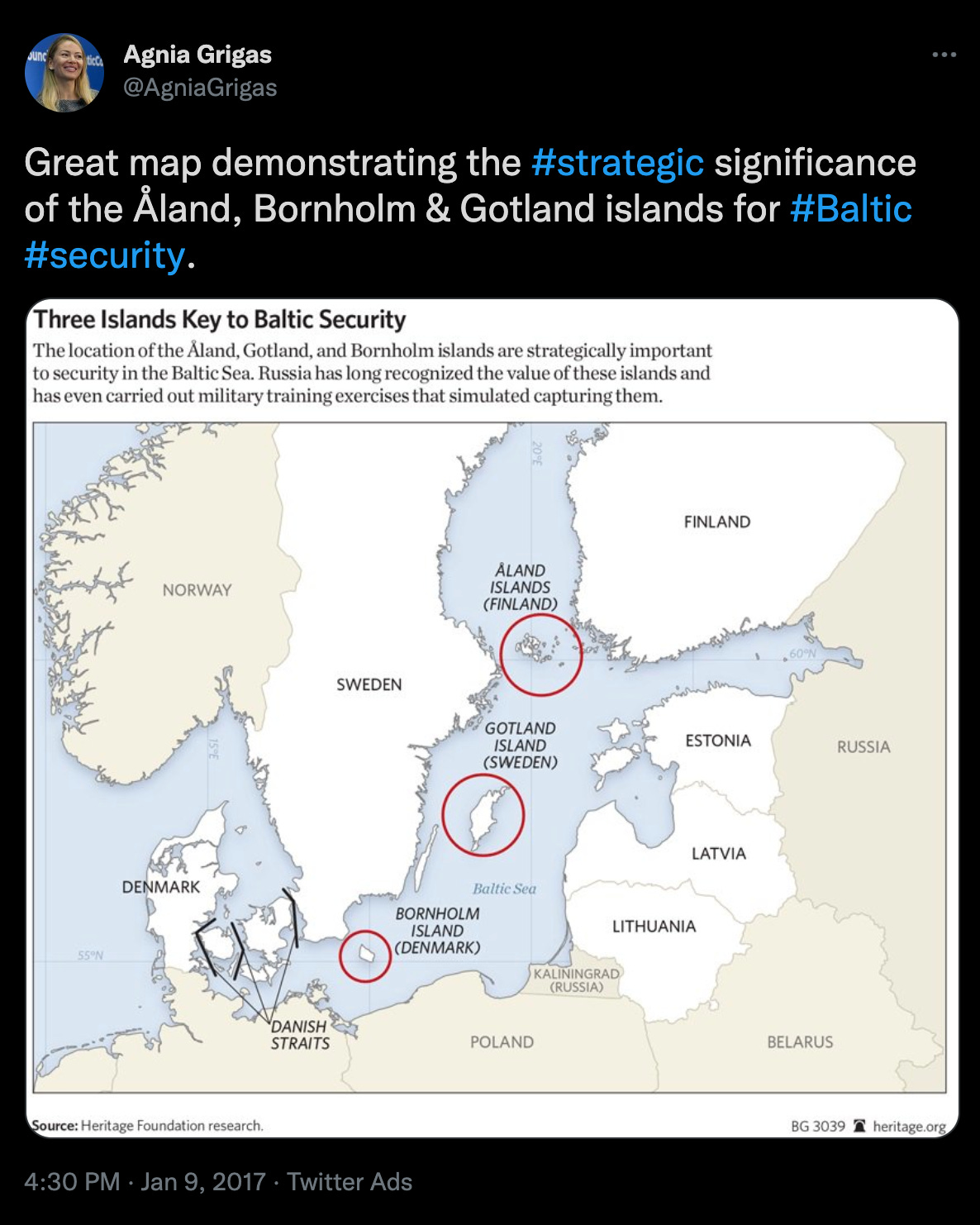
Notice that the Finnish public broadcaster, YLE reported that NATO has sent Dutch warship HNLMS Rotterdam to the Baltic Sea. It went to Bornholm which, like Gotland, is a strategically located island at the mouth of the Baltics. The Swedes and Dames are not alone. Last week three it seems that Russian amphibious “warfare vessels” sailed into the Baltic Sea via the Danish Strait under the “Great Belt Fixed Link”. This bridge links the Baltic Sea and The North Sea. According to various reports on Twitter and The Drive said that “Ropucha class amphibious warfare ships Olenegorskiy Gornyak and Georgiy Pobedonosets” as well as the “Project 11711 Ivan Gren class landing ship Pyotr Morgunov” were seen. “Three other Ropuchas, the Korolev, Minsk, and Kaliningrad, made this same trip”. The Ivan Gren-class Landing ships carry a battalion of 500 marines. According to TASS, The Ropucha “carry as many as 10 main battle tanks or other heavy armored vehicles, 340 troops, 550 tons of cargo, or a mixture of all three. They have large clamshell doors in their bow allowing them to deposit these payloads right on the beach”.
So, what is all this about? What’s going on in the Baltic? One answer is that Russia has designs on the Baltic countries. We mustn’t forget that Russia once controlled this territory under Peter the Great. Putin is said not to hanker for the restoration of the Soviet Union but for the restoration of the Russian Empire under Peter The Great. Russia and Sweden were at war a number of times between the 12th and the 19th centuries. This is exactly why NORDEFCO was established in September 2021. Sweden, Denmark and Norway now coordinate with NATO and the 2nd Fleet in order to counter “Russia’s readiness to use military force to reach political targets” according to Swedish Defence Minister Peter Hultqvist.
But, there is another possible answer, which is that all this is about Kaliningrad and the Suwalki Gap. Kaliningrad is the Russian enclave on the Baltic and in the heart of Europe. It sits on the borders of Poland and Lithuania.
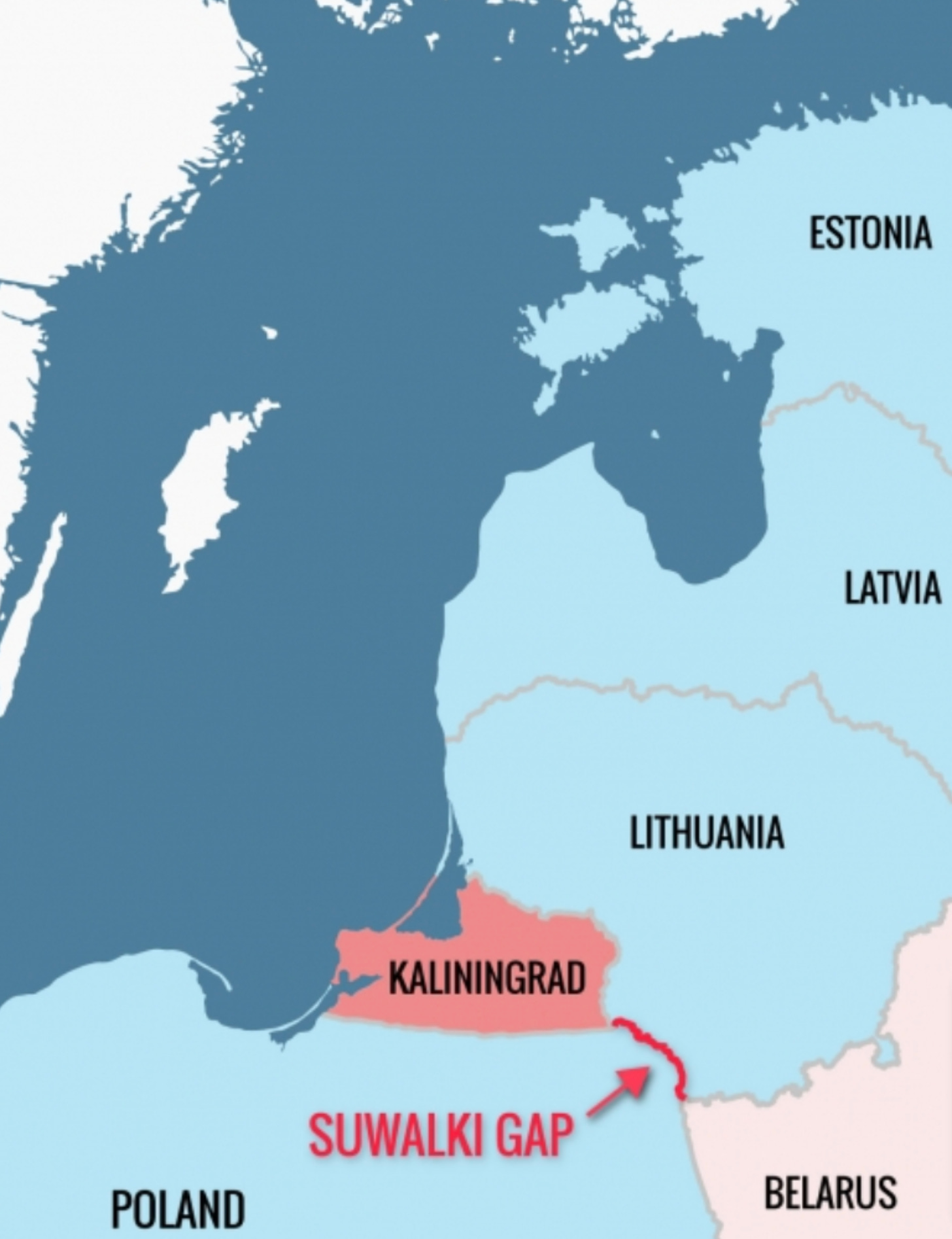
In 2016 The Wall Street Journal wrote, “Closing the Gap: NATO Moves to Protect Weak Link in Defenses Against Russia: Known as the Suwalki Gap, a 64-mile strip of Poland’s eastern border has become a growing focus of U.S. military planning”. Why does the Sulwaki gap matter? The article says, “Military officers worry that in the event of a conflict with Moscow, the Russian military could use its forces in Kaliningrad, home to numerous military bases and bristling with advanced missiles, to effectively cut off the Suwalki Gap and sever the Baltic states from the rest of the alliance, they said. U.S. war planners believe the allies could have as little as 72 hours to reinforce the Suwalki Gap before Moscow would be able to effectively block access.” All this is why we see NATO and the West beefing up ties with NORDEFCO and the Baltic/Scandinavian Defence communities.
Russian troops are arriving now not only in Ukraine but also in Belarus. Belarus is taking part in the “Allied Resolve” drills which Russia is holding there. It seems at least 30,000 troops will be involved. Russia seems to be moving their famed Iskander/S-400 surface-to-air missile into Belarus as well as Sukhoi Fighter jets. Foreign Policy wrote yesterday, “They’re So Destructive’: Russian Missiles Could Dominate Ukraine’s Skies: The United States enjoyed decades of air dominance. Not anymore.” What might the S-400s be aiming at? Perhaps it is relevant that Germany just bought five of America’s most sophisticated spycraft, the Boeing P-8. These highly capable spy planes have been increasingly spotted over Kaliningrad. Why? See The National Interest’s take: “Why Russia’s Kaliningrad Naval Base Poses a Deadly Dilemma for NATO: The region is quickly becoming an armed fortress full of more and better equipped military forces.” Why? Because this is the headquarters of Russia’s Baltic Fleet. President Putin no doubt feels at a great disadvantage having to pass NATO to get to his port, which we must remember, was once known as the headquarters of The Imperial Russian Baltic Fleet under Peter the Great. Here’s the Swedish Defence Ministry’s take on the Baltic Fleet.
Belarus is in the news for other reasons as well. Iraq just evacuated nearly 4000 Iraqi nationals who somehow ended up migrating to the EU-Belarus border. There have been many allegations that Russia was “weaponizing immigrants” to create problems for NATO and in retaliation for sanctions on Belarus. See Forbes piece: Belarus is Weaponizing Migrants Using Putin’s Playbook: Europe Must Legally Fight Back. Many activists in Belarus have recently been purged from academia and media. Only yesterday the US charged Senior Belarussian officials with piracy for the false bomb threat they used to force Ryan Air Flight 4978 to land on May 23rd, 2021 so they could arrest Roman Protasevich, a dissident who they placed under house arrest. See the January 20th announcement from the US Attorney’s Office from the Southern District of New York: Belarusian Government Officials Charged With Aircraft Piracy For Diverting Ryanair Flight 4978 To Arrest Dissident Journalist In May 2021: Senior Belarusian Officials Conspired to Use a False Bomb Threat to Unlawfully Divert a Passenger Flight Carrying American Citizens in Order to Arrest Belarusian Dissident.
On December 28th, 2021 the Wall Street Journal wrote: “Lithuania is the “Canary” of World Order: Russia and China are ganging up on the small Baltic state as they test U.S. and EU resolve”. Why? Belarus exports potash. It is their largest source of foreign currency revenue. Lithuania announced on January 12th that it was terminating the agreement between its railway and Belarus to export that valuable potash. Lithuania is cutting off the cash flow to Belarus. Have we seen wars started over economic events like this before? Memories of America’s attempts to cut Japan off from steel before WWII flicker to life. FDR cut off shipments of scrap ion, steel and fuel to Japan in 1940. This economic sanction became a driver behind Pearl Harbour.
Given all these events, perhaps it is worth considering the possibility that the potential for conflict is not exclusively in Ukraine. Perhaps there is a chance that the Baltics and the Suwalki Gap are also “in play”.
The difference is immense. Another invasion in Ukraine will capture the world’s headlines but probably not move the world’s markets. Action in the Baltics and across the Suwalki Gap will. Set your Google word searches accordingly. In addition to “Ukraine,” you might want to add “Gotland, Bornholm, Suwalki, Kaliningrad, Belarus, submarines, P-8, S-400. For cultural takes on this situation check out the award-winning Netflix Series “Occupied” that presupposes a very subtle and quiet Russian occupation of Norway.
Also see the haunting film, The Sacrifice from 1986. It is a Cannes award-winning drama made by Russian director Andrei Tarkovsky, that records the final hours before a direct nuclear hit on the island of Gotland. In the film, you realize that war has begun when the wine glasses and the shards of the crystal chandelier start to clink together, making an ominous ringing sound that warns us that something has changed. The characters soon realize that they could have done more to stop the disaster when they had the chance and regret not having understood the gravity of events at the time.
Subscribe to stay informed on new developments as they bubble up.

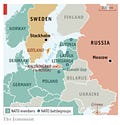


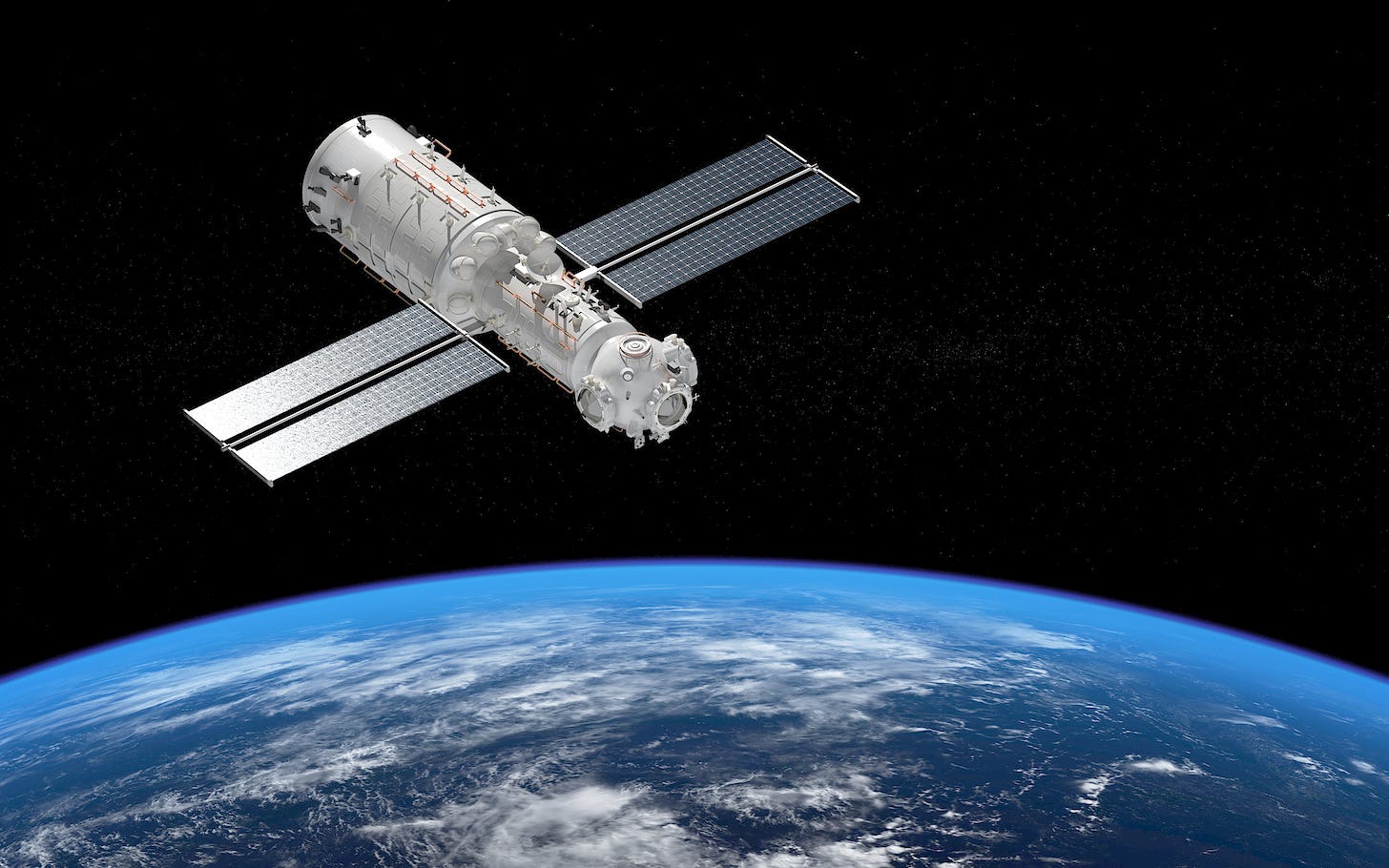
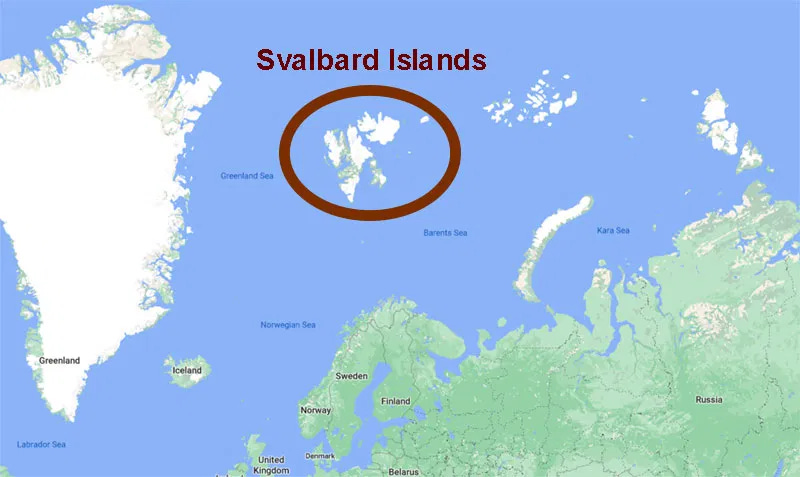
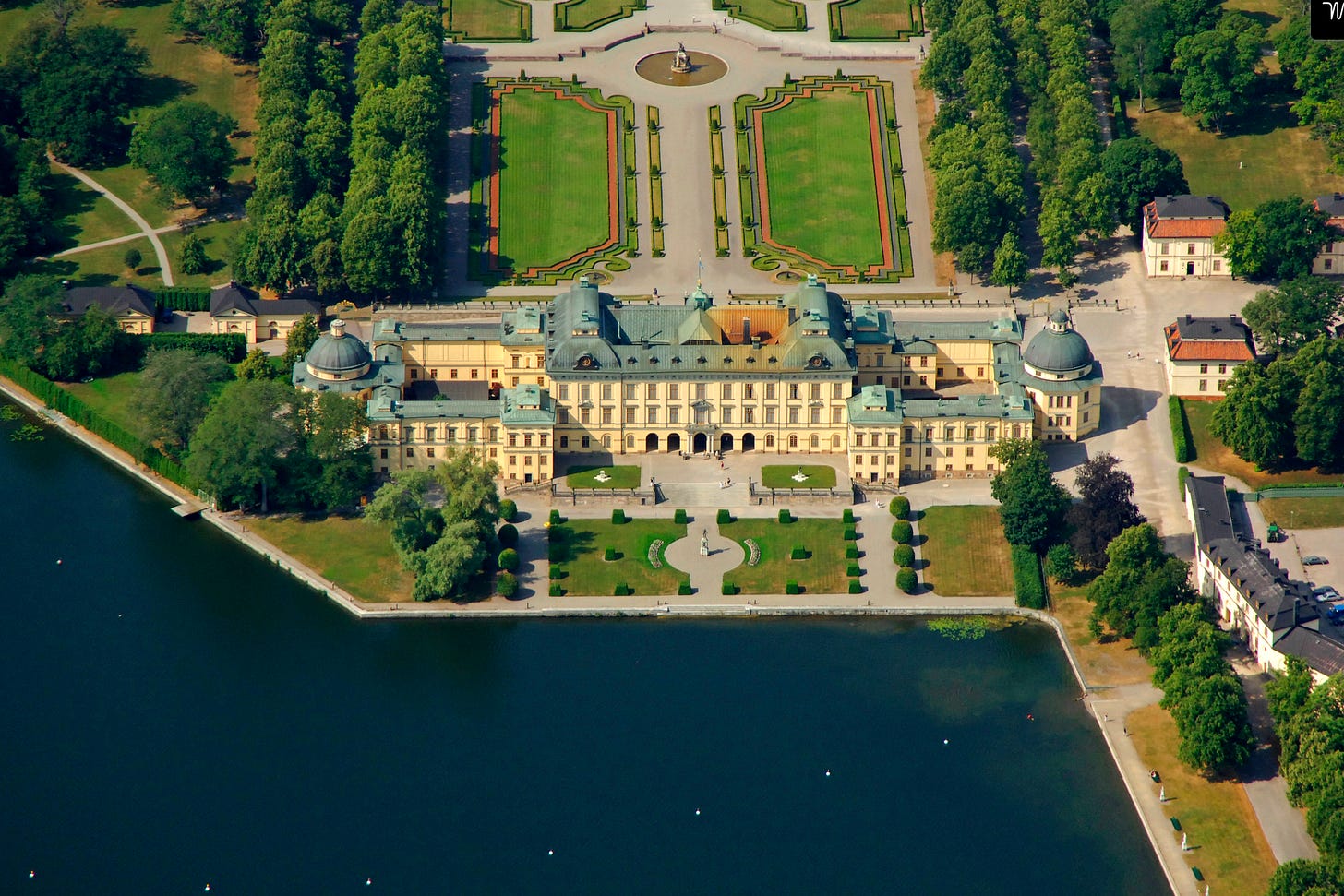
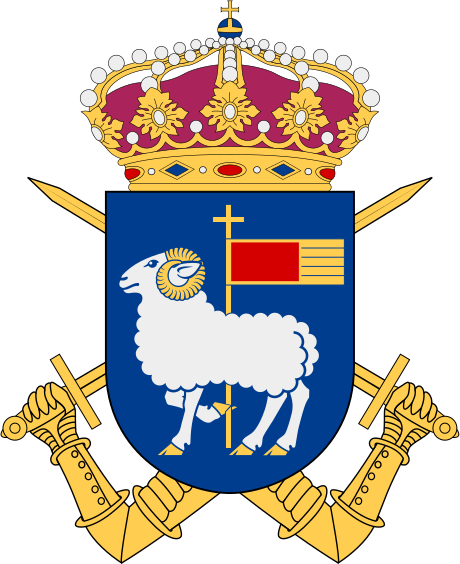


Well, this is a fast way to wake up on a sleepy morning. Uh... thanks?
Very thoughtful analysis! How advanced are the drone usages in militaries? I have no background but can image the difficulty to defend a truck load of thousands of drones, especially if they are AI operated.